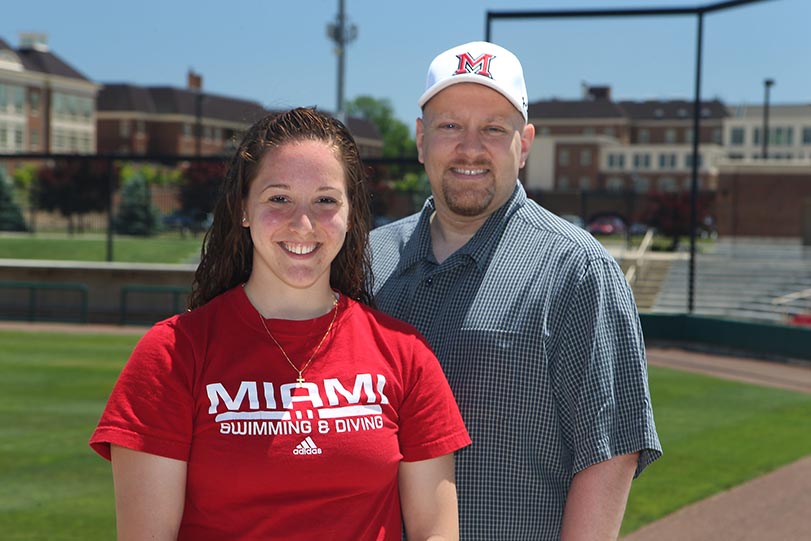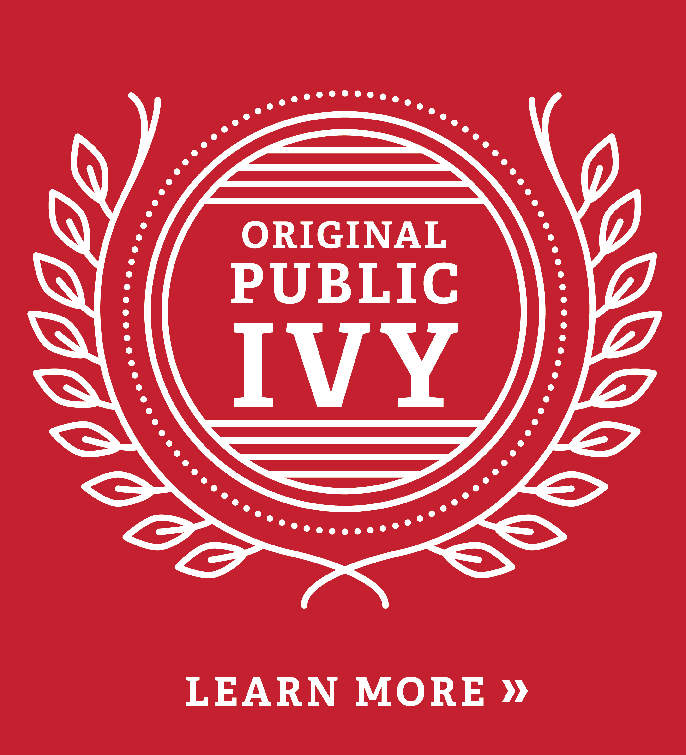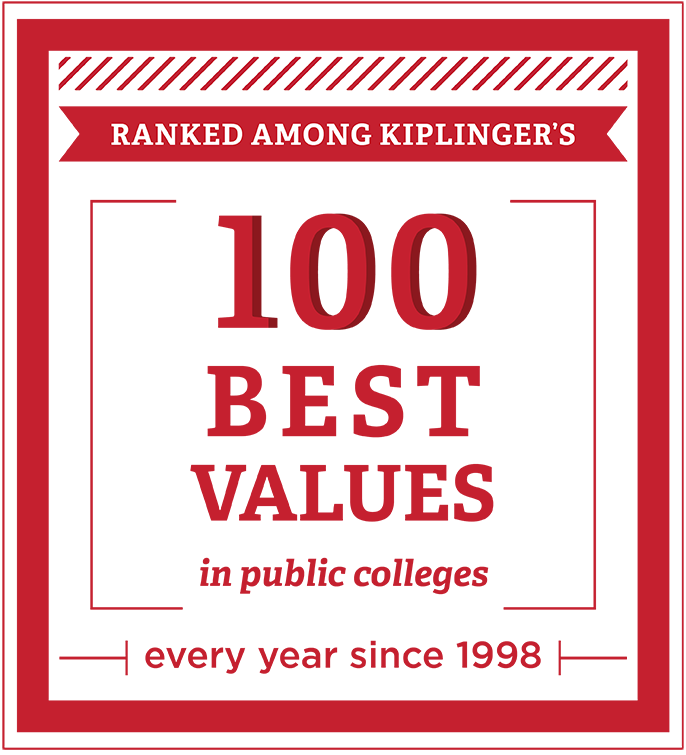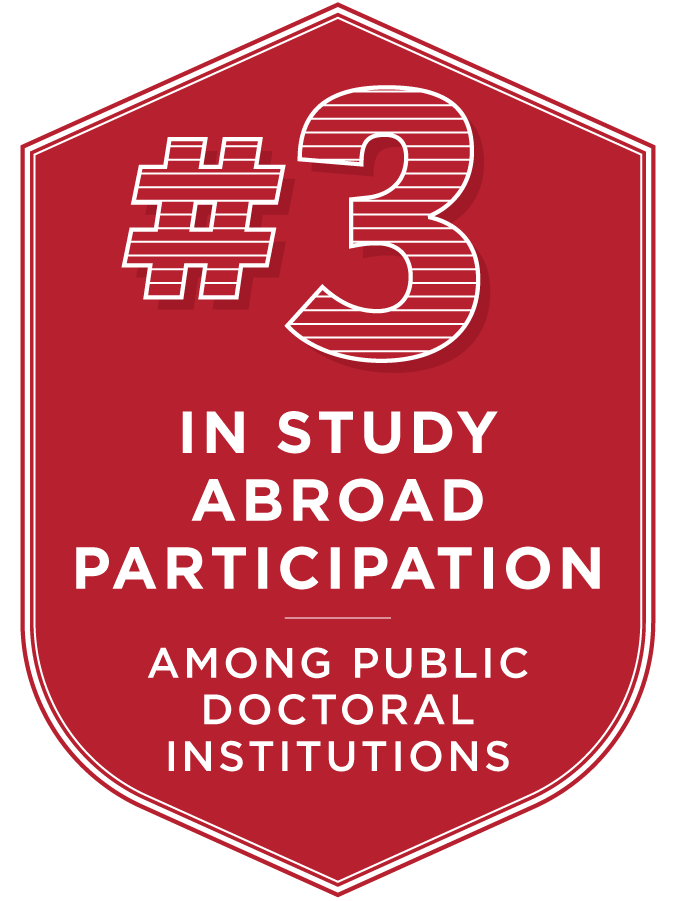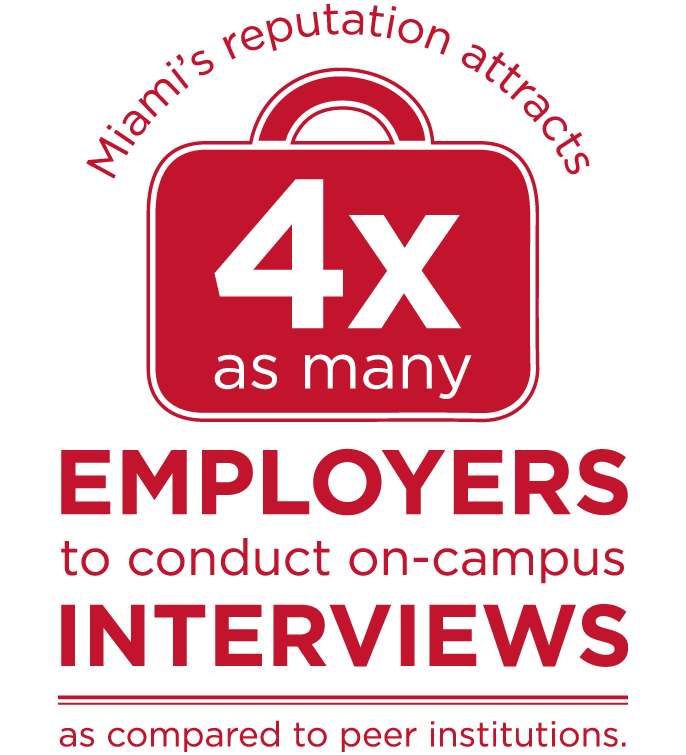No statistical tricks, just good teaching
Teaching statistics in new ways
A team of faculty from Miami’s department of statistics redesigned its STA 261 course as part of the university’s TOP 25 Project. The project introduces new teaching innovations into courses with the largest enrollments to maximize their learning effectiveness.
Doug Noe, a member of the statistics team, said his team studied student and client department feedback that claimed inconsistency with material and varying standards and experiences.
The team revised the lecture structure, changing from 4-day-a-week small classes to three-day-a-week large lectures with two-day-a-week lab sessions. Faculty collaborated on content to work toward consistency. The lab breakout sessions are small enough in size to allow students to receive one-on-one help.
Of course, larger lectures do pose challenges, but faculty members worked to devise weekly quizzes and other strategies to make sure students stay on track.
“One thing TOP 25 taught us is to continue evolving the class to be more efficient and more effective,” Noe said.
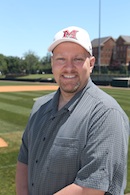
That Doug Noe would become a teacher factored high on the probability charts, but that he would receive Miami University’s Associated Student Government’s Professor of the Year simply stunned the statistics professor who did not predict that outcome.
Entering his eighth year in Miami’s department of statistics, Noe recently received promotion to associate professor and tenure — a major milestone in his teaching career that took root in elementary school.
“I remember thinking in the first grade that I wanted to be a teacher. Teaching continued to interest me through junior high, high school and then college. I felt like I had an aptitude for all things academic.”
Humbled by the ASG recognition, Noe (pronounced Noey) said the reason he entered graduate school was really for the teaching. Research interested him, but teaching drew out the passion in him.
Lisa Werwinski, who nominated Noe for the award, recalls when he emailed students apologizing for a recent lecture calling it “a mess.” He then retaught the lesson the next day.
“He’s the kind of professor who doesn’t make up an answer just to make himself look smart,” she said. “He wants you to be able to think and challenge him as well. One of my best days at Miami happened when I asked him a question, and he didn’t know the answer. He’s human. He is an actual person.”
Werwinski nominated Noe because he consistently finds the balance between challenging his students, encouraging them and not throwing them into the deep end to see if they sink or swim.
A varsity diver, she appreciates his willingness to help at all hours of the day, whether in his office or through email, even if it meant changing his course schedules for a semester.
In fact, he did just that to help Werwinski not only finish her undergraduate education, but simultaneously work toward her master’s degree. She will graduate in December with an undergraduate degree in math education and a master’s degree in statistics, just 4.5 years after she entered Miami as a freshman.
“Noe enabled me to complete my degrees, and he paved the way for future students,” she said.
Her incredible drive to get the work done stands out for Noe. Other students stand out as well, especially those who struggle.
“They work with me week after week, and then one day it all fits together. It’s rewarding to see those successes when difficult concepts finally click. Their hard work paid off, and that light bulb goes on. Very fun.”
Noe doesn't claim to know any “teaching tricks,” but he tries to find that “something” that speaks to his students. He brings the practical into his courses emphasizing how statistics can help in many fields from baseball to zoology. A big baseball fan, one of his research areas is data mining and looking at applications of statistical methods, particularly in the sports world where statistics can impact team rosters and other strategic decisions.
“It’s about quantitative literacy and understanding how to be critical consumers of data. I tell all my students, if they learn anything, it is the idea that the way in which data are generated and gathered determines what you glean from them.”
No tricks. That is what he said to Werwinski and her fellow graduate students as they sat for their comprehensive exam last August. “No tricks. You can do this.”
Written by Carole Johnson, University Communications and Marketing
Published June 2013

